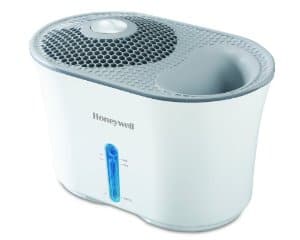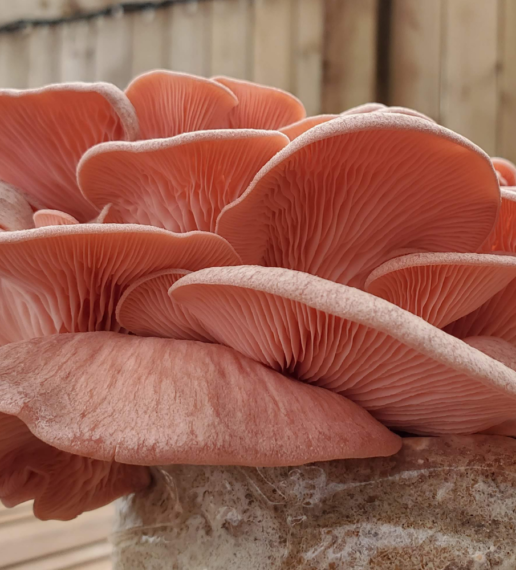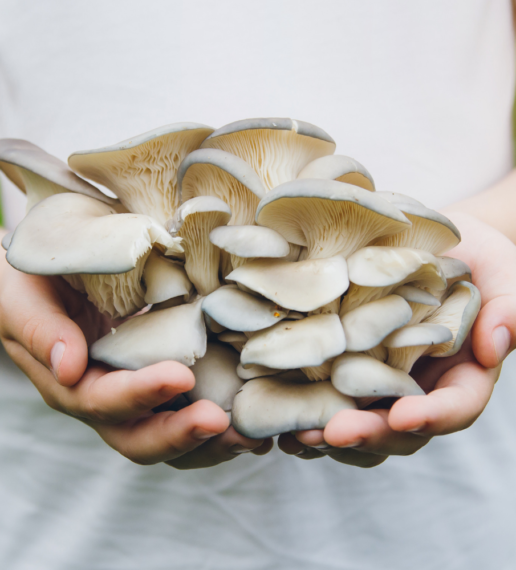Growing Blog
Best Humidifier for Growing Mushrooms
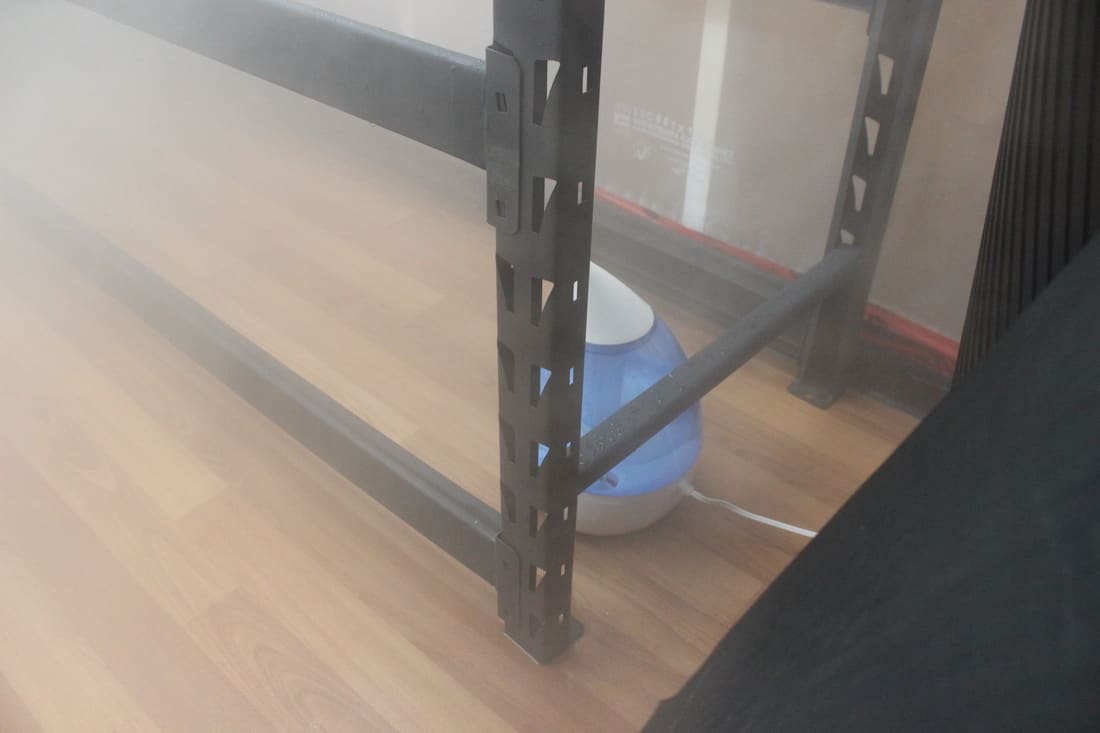
One of the main paths to success for mushroom cultivation is maintaining the proper humidity at the right time of the mushroom growing cycle.
Mushrooms can be up to 90% water, and require high levels of humidity in order to initiate pinning and promote healthy development. Too dry and your substrate will crack and be hesitant too fruit, and if it does fruit, your caps may crack or not fully develop. Too wet and you will have problems with bacterial blotch and other nasty pests that can ruin a good grow.
Determining the right humidifier for your situation can be “mistifying”, so let’s break down the different options so you can determine what is best for your own mushroom growing set up.
The Spray Bottle
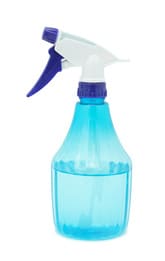
A simple spray bottle, suitable for small fruiting chambers.
If you just have a small fruiting chamber, such as a “shot gun fruiting chamber” or even a small 4 tier greenhouse, you can get away with just using a spray bottle. Learn about fruiting chambers here. Simply spray the walls of the chamber and fan in some fresh air.
Try to mist your chamber multiple times a day in order to maintain a consistently high humidity. Try not to spray the mushroom substrate directly, as this could damage the fruits. Make sure you also fan your chamber to bring in some fresh air. It also helps to have some perlite in the bottom of your chamber if using a SGFC.
This will maintain a more consistent humidity, as large fluctuations in humidity can cause aborting of the fruiting process.
Wicking Humidifiers
Wicking humidifiers- also called evaporative humidifiers- are a step up from a simple spray bottle.
Generally, the humidifier will be piped into a fruiting chamber by attaching PVC pipe to outlet of the unit. These humidifiers are simple, and work by “wicking” up water from a reservoir and distributing it over a larger area.
Air is then blown over this area using a fan which evaporates the water and increased the relative humidity of the air.
Below is a well priced, quality evaporative humidifier. It is most suitable for dry climates where it will be able to drastically improve the humidity in your fruiting chamber. You can get it from amazon here.
The best wicking humidifer.
These humidifiers work great, but are limited to how much they can actually raise the humidity because they are self regulated in their design. When placed in a fruiting chamber, as the humidity in the room increases, it limits the ability of the air flow to evaporate more water, due to the shirking difference in relative humidity.
It is difficult to increase the RH much beyond 85% using this type of humidifier. This type of humidifier might be suitable for smaller grows, but they are not optimal, as many types of mushrooms prefer a RH of 90% an higher when fruiting.
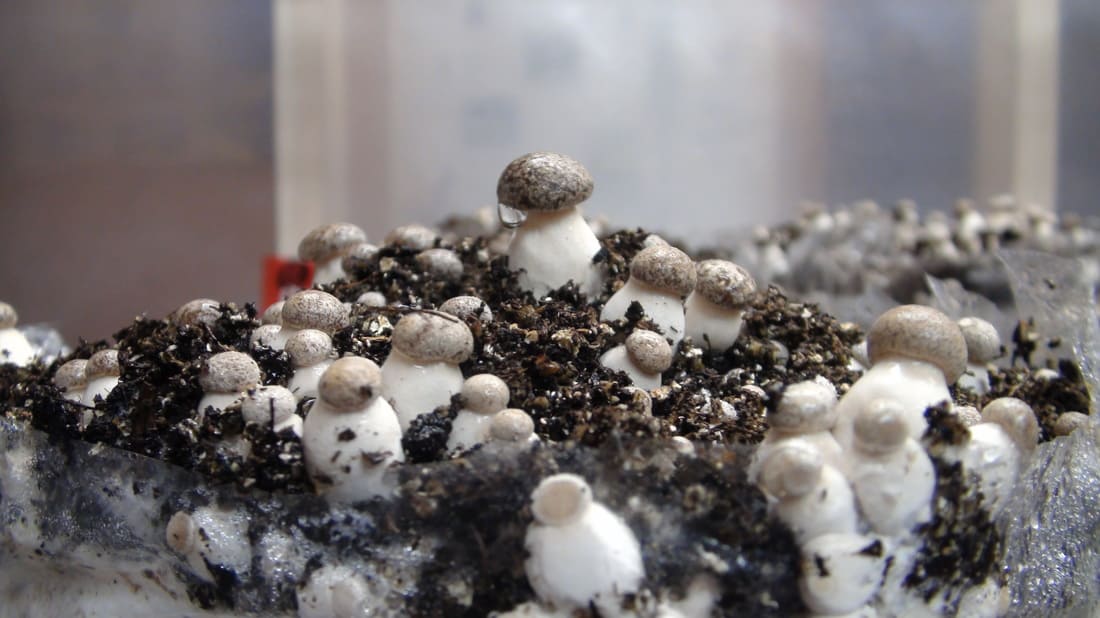
Young King Oyster Mushrooms in a humid environment. Note that these are probably too wet and would need to dry out a little in order to fight off bacterial blotch.
The Ultrasonic Humidifier: The Best Humidifier Type For Growing Mushrooms
If you really want to see success growing mushrooms, you are bet to get an ultrasonic humidifier. These humidifiers work using spinning discs that vaporize water droplets – which are then pumped out of the unit and into your room.
You can raise the relative humidity of your chamber to 100% without too much trouble. The humidfier can be place outside your chamber and pumped in, or simply placed inside the fruiting area. The benefit of piping in the humidity is that you also bring in fresh air, which is important in reducing CO2 levels and developing proper looking fruits.
It is best to use these units with an on / off timer. This is because they pump out a lot of water, and your mushrooms can become too wet, which can cause contamination such as bacterial blotch or “wet spot”.
You will probably want to monitor your humidity closely for the first while that the humidifier is in operation and find the ideal pattern for your timer to get the relative humidity that you desire. These unit also have to be cleaned regularly so that bacteria doesn’t bloom in the humidifier.
A flush with fresh water or wipe down with a dilute bleach solution every few days should suffice.
The amount of humidity that can be produced by the humidifier is determined by the number of discs the unit has. A well priced and proven ultrasonic humidifier for growing mushrooms is the Crane Tear Drop Ultrasonic Humidifier. It can pump out a surprising amount of water.
We have even used it to bring a 4ft x 8 ft grow room to 95% humidity consistently. For 4 tier greenhouse set ups, the output of the unit can easily be fitted with PVC pipe to bring fresh air and humidity to your growing chamber.
A great humidifying option for the home mushroom grower.
The Ultimate Humidifier for Growing Mushrooms
If you really want to pump up the humidity of your growing area, you should step up and get a multidisc floating ultrasonic humidifier. These “mist makers” have multiple discs that that float on top of the water. Place the float in a bucket of water, and point a fan at the bucket. It is astonishing how fast these humidifiers work, and as such you only need to have them on for a few minutes every hour or so. The “mist maker” from House of Hydro was able to bring our 4 x 8 ft grow room up to 95% relative humidity in less than 2 minutes.
Again, you will want to change the water every few days in order to stop bacteria and molds from growing and contaminating your substrate. This type of humidifier is often used in an enclosed bucket with a fan pushing air though and pumping it into the grow room. This way, the fan doesn’t have to be in the grow room, where the high humidity could effect its operation.
The discs will burn out after extensive use, but are simple to change. The rest of the unit should last you for many grows, keeping your mushrooms happy and wet.
Don’t disregard the humidity of your grows, as this is one of the single most important steps for successful grows. Getting a reasonably accurate hygrometer will help immensely, but more importantly, watch and listen closely to your mushrooms, as they will tell you what there requirements are.
Best of luck with your grows!
